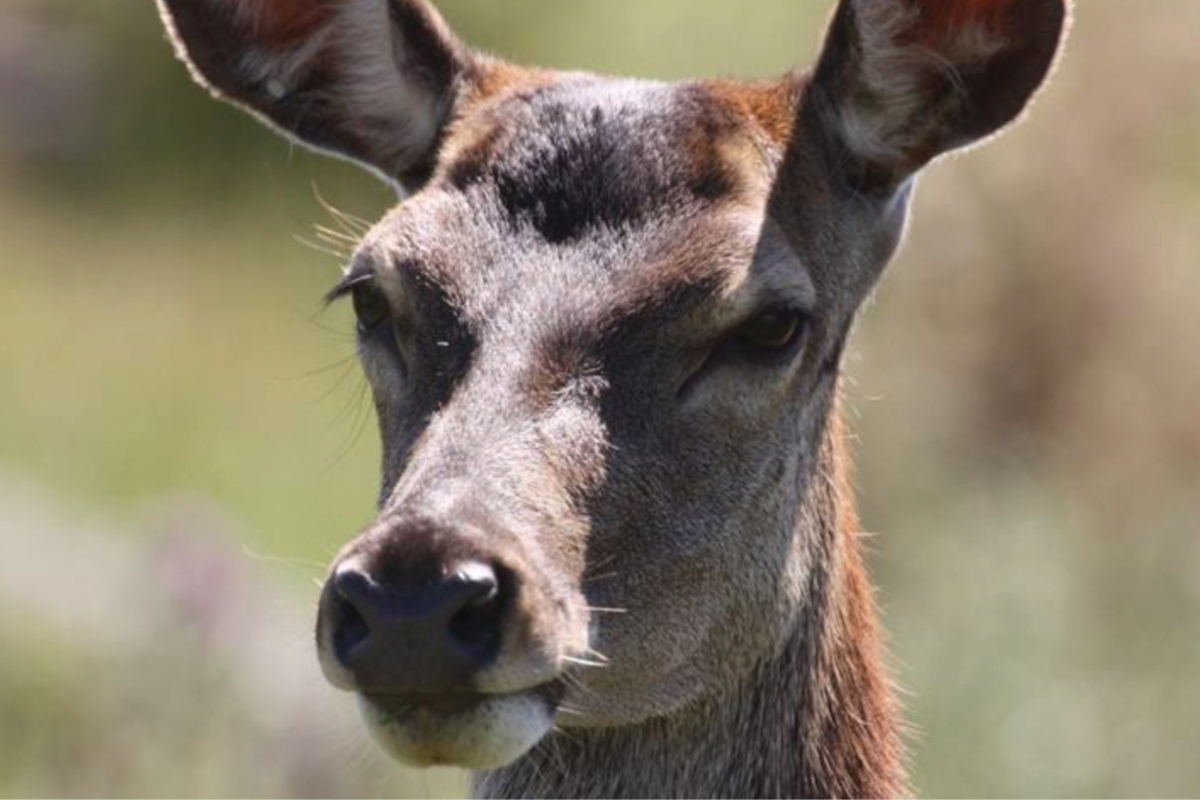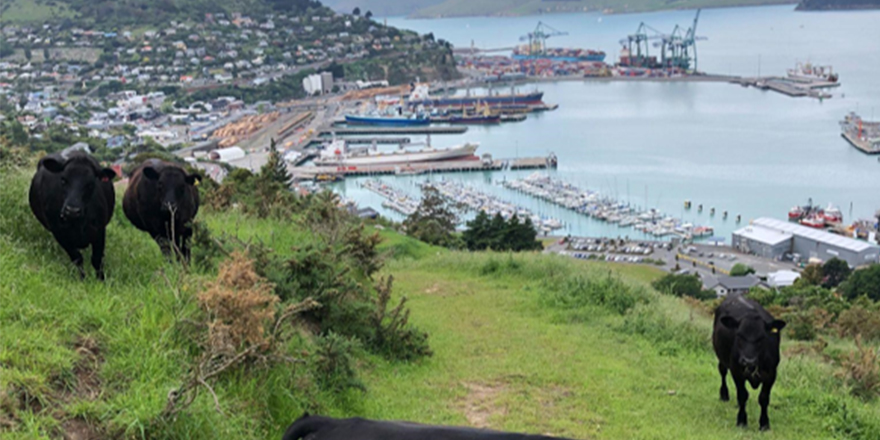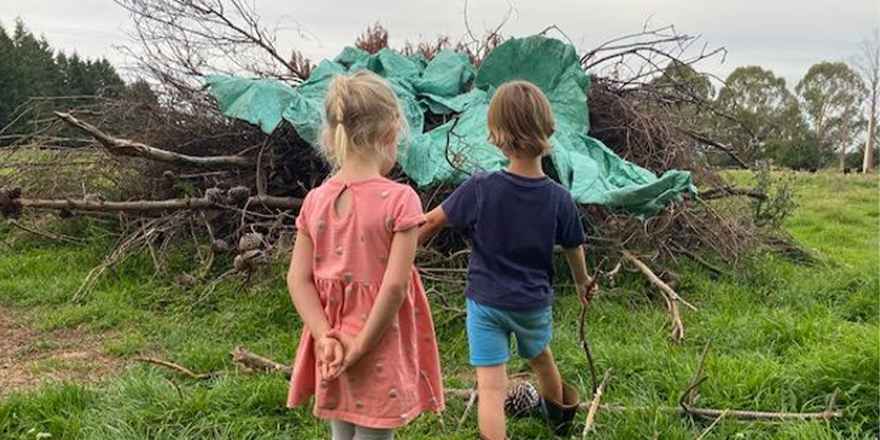
Executive summary
This report investigates the ethical, ecological, and cultural complexities surrounding wild deer control in Aotearoa New Zealand. Using an autoethnographic method integrated with policy analysis and a wide-ranging literature review, it explores why deer control remains so persistently contested, despite clear evidence of the environmental damage caused by expanding feral deer populations. Framed around the central question, Guardians or executioners? Navigating the ethics of deer control, the report critically examines how ethical frameworks shape, constrain, or enable management decisions in a settler-colonial context.
Introduced in the 19th and 20th centuries, deer have shifted from protected game species to pervasive pests. Today, they occupy more than 44 percent of the country’s land area, contributing to the decline of indigenous biodiversity, impeding native forest regeneration, and affecting productive land use (Mason & Allen, 2020). Although successive governments and agencies have undertaken control efforts, reinvasion, fragmented governance, and inconsistent investment have allowed deer populations to persist or expand in many regions.
This report weaves personal experience with academic critique to expose the moral tensions at the heart of contemporary deer control. Managing sentient animals through lethal means raises discomfort, resistance, and conflict, especially in rural and Māori communities. These tensions are not just policy obstacles; they reveal deeper misalignments between dominant control paradigms and the ethical, cultural, and ecological conditions in which they are applied.
Key themes include:
- The enduring influence of settler-colonial narratives that frame deer as either invasive threats or charismatic game animals.
- The emotional ambivalence and cultural complexity deer represent for many communities.
- The fragmented statutory environment that contributes to inconsistent and ineffective management across land types and jurisdictions.
Chapters 7 and 8 assess historical and contemporary control strategies, including iwi-led restoration projects, community-based catchment programmes, and commercial harvesting through Wild Animal Recovery (WARO). Chapter 9 introduces relational ethics, ecological justice, and kaitiakitanga as alternative frameworks for understanding and guiding decision-making. Chapter 10 presents six future-oriented models for deer control, each grounded in collaborative, context-sensitive practice. These chapters collectively argue for a pluralistic and adaptive strategy that reflects the diversity of New Zealand’s landscapes and communities.
Key Findings and Recommendations
The report identifies several key findings that inform a new approach to deer management in Aotearoa New Zealand. First, ethical tensions are not peripheral but foundational. For deer control to maintain public legitimacy and long-term support, it must be conducted in ways that are humane, transparent, and culturally appropriate. Public discomfort and resistance are not merely obstacles to overcome but signals of deeper ethical concerns that must be addressed through inclusive practices.
Second, co-design with Māori and rural communities is essential. Initiatives such as the Raukūmara Pae Maunga Project illustrate the potential of place-based governance that aligns with Te Tiriti o Waitangi and incorporates local knowledge, values, and aspirations. These models offer powerful alternatives to top-down approaches and help ensure that management strategies are both socially legitimate and ecologically grounded.
Third, the complexity of deer management demands multiple concurrent approaches. No single model is sufficient. Effective outcomes will require a combination of landscapescale coordination, iwi-led governance, catchment-level collaboration, and adaptive management hubs. These approaches must be responsive to different ecological conditions, land-use priorities, and community relationships.
Fourth, the way deer control is framed in public discourse has real consequences. Moving away from militaristic and adversarial metaphors toward a language of care and responsibility can create space for more constructive, pluralistic dialogue. This shift in narrative can reduce polarisation and foster broader public engagement with the ethical dimensions of environmental stewardship.
Finally, there is an urgent need for a coherent national deer strategy. Such a strategy should provide integrated direction that balances biodiversity outcomes, ethical responsibility, and Treaty obligations. Without national coordination, efforts will remain fragmented and inconsistent, limiting their long-term impact.
Ultimately, this report calls for a paradigm shift in how deer management is conceptualised and enacted. Rather than viewing it solely as a technical challenge, it must be recognised as an ongoing ethical practice rooted in care, cultural legitimacy, and ecological responsibility. Through this reframing, Aotearoa New Zealand can develop deer control systems that are not only effective but also just and enduring.
Phil Holland,



